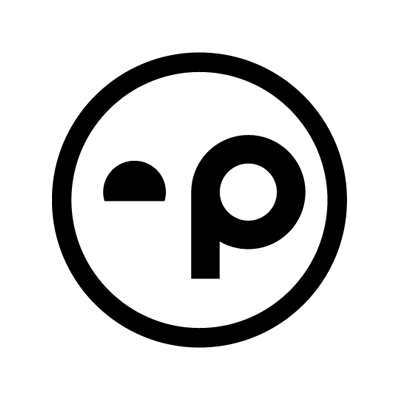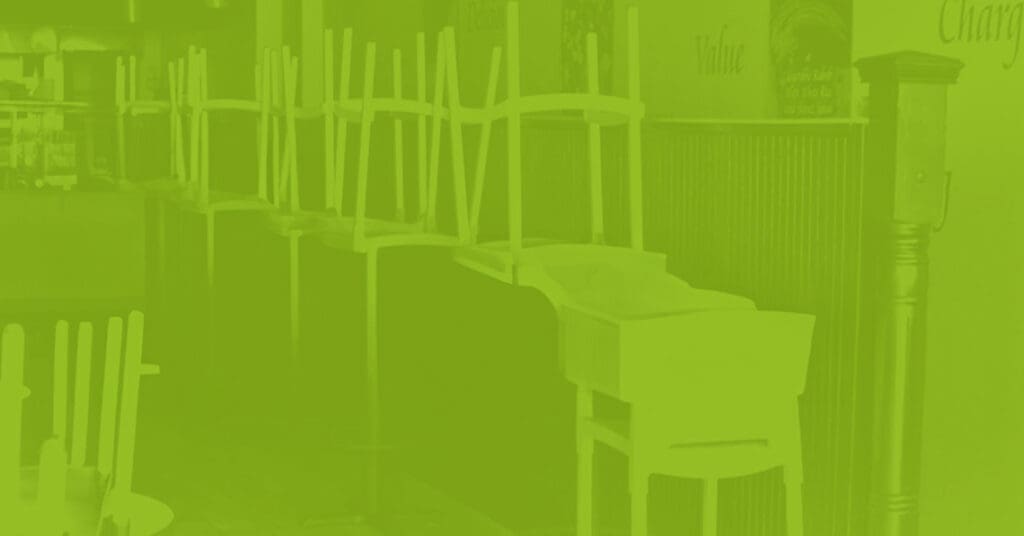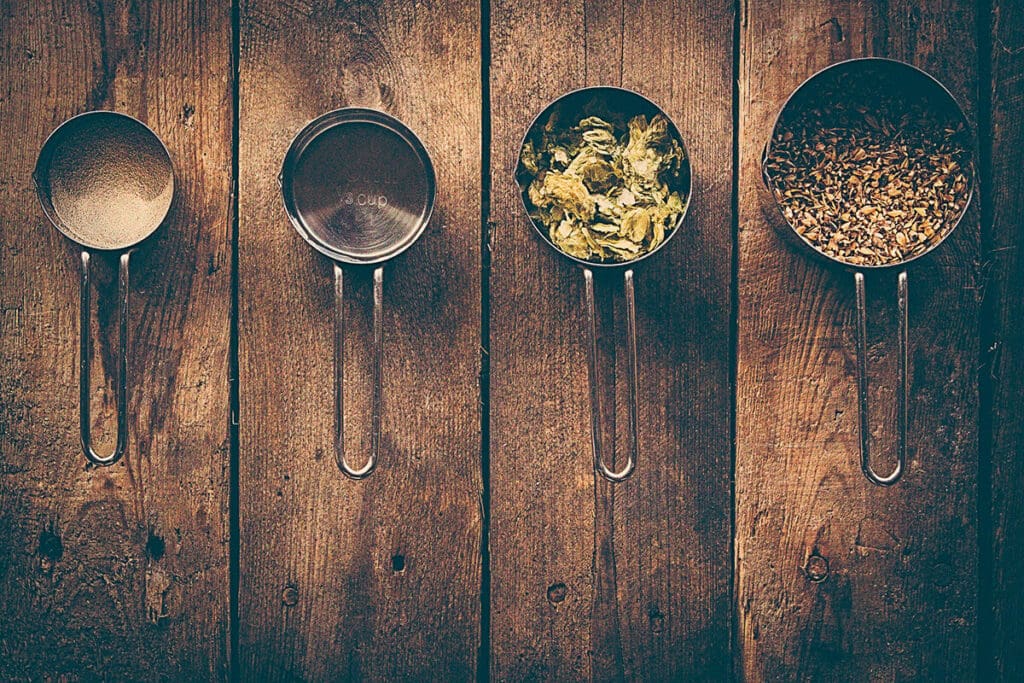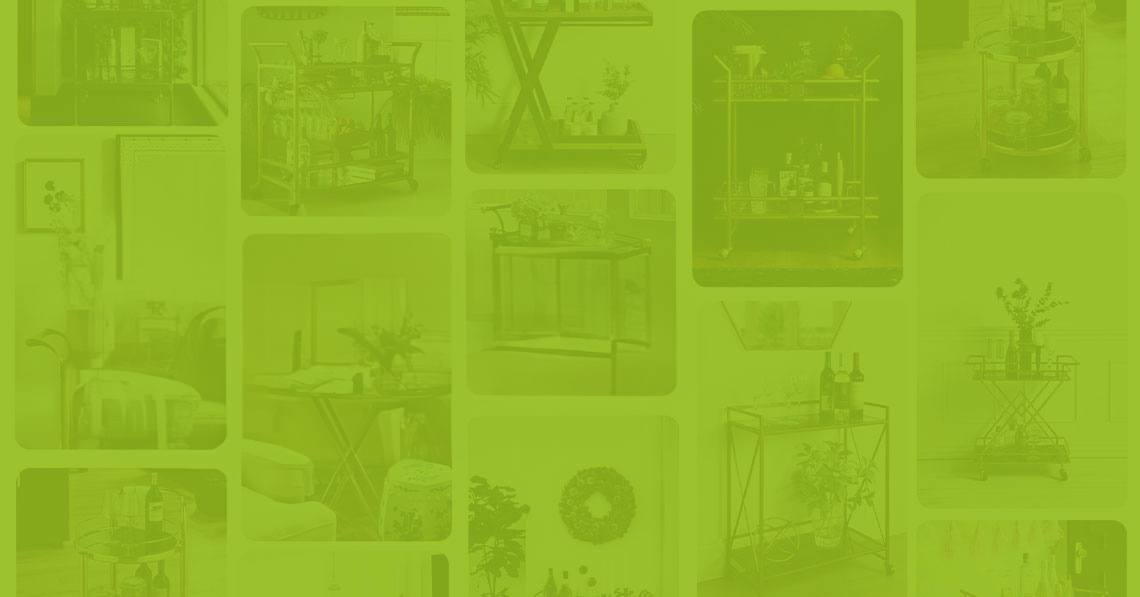
Beverage Packaging Design: How to Get Your Bottle on the Millennial Bar Cart
In the late 1800s, some smart and probably fun person figured out that their tea trolly would be much better used to display the household stash of spirits rather than tea. On that day, the bar cart was born. Fast-forward to today where what was once a dusty piece of mystery furniture in mom’s (or grandma’s) house has become a shrine to style and good taste in the homes of millennial and older Gen Z cocktail aficionados. Since being rediscovered (many argue on the show Mad Men), the bar cart renaissance has inspired young drinkers to curate the perfect bar experience, often combining quality favorites with unusual, spendy or artisanal bottles.
In 2020, the home bar cart has taken on special significance because shrinking out-of-home social opportunities have created a boost in at-home consumption. This on-premise apocalypse we talked about in an earlier article means that brands need to find new and significant opportunities to drive off-premise volume. But the bar cart isn’t just ANY off-premise sale. It’s a place of honor in consumer homes but for the right brands, a lucrative one.
In today’s Plain Talk article, we’ll talk about a few ways you can earn a coveted place on the millennial bar cart with the right beverage packaging design.
- Setting the Stage: The Bar Cart Phenomenon
- 1. Is It Attractive?
- 2. Is It Distinctive?
- 3. Is It Sustainable?
- Get Expert Help With Beverage Packaging Design
Setting the Stage: The Bar Cart Phenomenon
What’s driving this curation trend? Interestingly our research seems to point to the bar cart phenomenon being a truly organic one. First, the explosion in interest in mid-century furniture and style in the early ‘00s meant that the bar cart, an essential in any ‘50s or ‘60s home, got a lot of attention. This was the height of style for newly adult millennials in their first apartments. More recently, social sharing on Pinterest and Instagram has romanced the trend and probably made it a bit competitive.
Then there’s the investment. The carts themselves can be vintage or new, big or small. Regardless of age or size, they are likely to cost a pretty penny. With younger people dedicating hefty chunks of money and floor space to the cocktail cart, it is essential that the props match the stage. This means extra attention is given to each bottle selected for display. We all know the importance of a first impression, so while product quality is undoubtedly important, packaging and presentation can be equally as crucial.
So, how do you create a bar-cart-worthy bottle these days? Here are three questions to ask about your beverage packaging design.
1. Is It Attractive?
One could argue this is the most important aspect of beverage alcohol packaging. According to a study, one-third of a consumer’s decision-making is based solely on product packaging. Attractive packaging is also often the sole selling point to many consumers unfamiliar with the brands in front of them. In a world dominated by aesthetics, it’s hard not to judge a book by its cover.
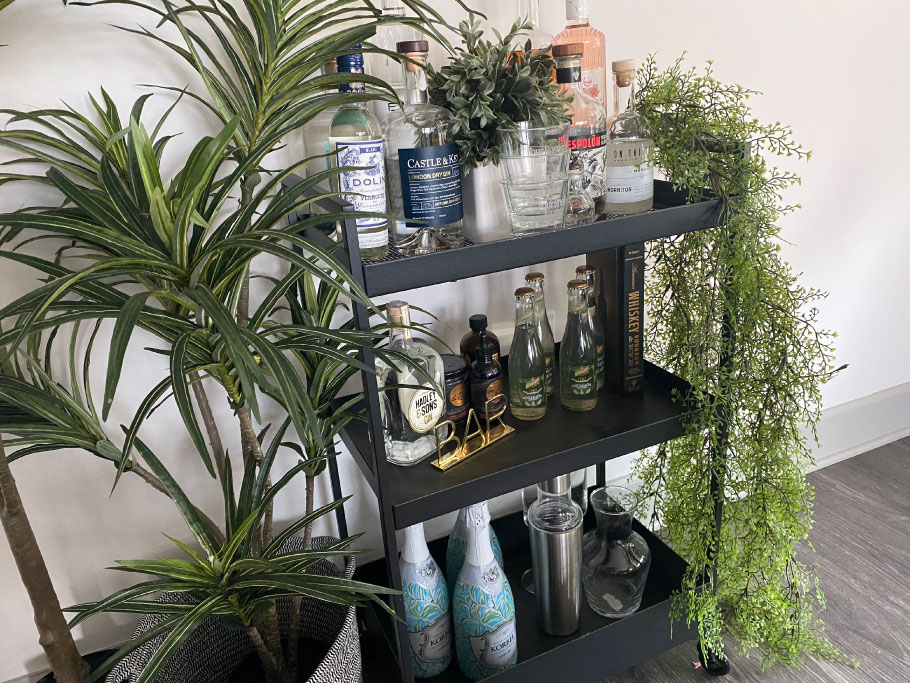
Beverage packaging design is truly a science, and it requires research and testing in consumer markets. Designs can range from simple and minimalistic to completely over-the-top and luxurious. Deciding the right direction for a wine or spirit brand can help reflect the product itself as well as the company’s values. Color theory, typography and imagery are all important aspects of attractiveness to take into consideration. With successful package design comes successful brand recognition. A major win for any company.
With so many startups, it’s important to look at current and past design trends for design inspiration. For older, more established brands, it could possibly be time for an evolution or a refresh to keep up with today’s beauty standards. The thought of a brand refresh is terrifying to many, but if done correctly, it can help sell more, and potentially for more money, if the look becomes more premium—something every bar cart owner desires.
2. Is It Distinctive?
Distinctiveness and attractiveness go hand in hand. Walking down the aisles of a liquor store can be daunting for those who don’t know what they’re looking for and even for those who do. With a seemingly infinite number of options—what makes each brand stand out? Attractiveness is key, and there are many methods to make the product distinctive and memorable.
Graphics
One way to stand out is with the graphics used—some brands opt for a bold logo and clean bottle that ties back to their no-fuss production methods, and others get creative and don beautiful hand-drawn illustrations that encase the product, often tying back to their hand-crafted roots.
Packaging
Another distinctive packaging method is playing up the bottle itself. Bottle distinctions can range from a unique texture to a totally unconventional shape. It’s not uncommon to see a skull- or alien-shaped bottle on the shelf anymore. Odd shapes may appeal to some as a fun piece to keep on the bar cart, but they can also mean luxury. Many brands take their most top-shelf product and give it a distinct bottle from the rest of their range and oftentimes give it external packaging. Purchasing a premium bottle in distinctive boxed packaging can give you close to the same feeling as opening a fresh, new iPhone; it becomes an experience to purchase and unveil, as well as show off.
Limited editions
Time after time, limited-edition products have proved to us the power of quantity. A limited-edition bottle with custom art is a great way to up the sales of any standard product. Repeat customers have been known to line up before store doors open just in the hopes of snagging a one of a kind to proudly display. Partnerships with artists, celebrities, TV shows, cultural events and cities, as well as celebrating holidays are all valid reasons for a limited-edition bottle.
3. Is It Sustainable?
Quite obviously, is the packaging ensuring the safety of the product? Poor quality packaging runs the risk of product being damaged either in transit from production or in the hands of the consumer. In today’s market, it’s more important than ever to not only be sturdy, but also sustainable. With one-third of all household trash being retail packaging, growing climate concerns are heavily influencing brands to take a step back and assess their packaging. Is it safe for the environment? Is it sustainable?
Many would be surprised to find that sustainable does not necessarily mean expensive. Here’s the reality: According to Nielsen, 81% of consumers feel that companies should invest more resources to improve the environment, with two-thirds willing to pay more for your products if your brand promotes sustainability. Making a conscious effort to reduce your brand’s carbon footprint will ultimately create a highly desirable brand.
For example, up-and-comer Fatty’s Organic Spirits is a 100% organic and sustainable spirits company. Fatty’s vibrantly drenched bottles are sprayed using organic inks and a low-temperature screen-printing method. The sustainability doesn’t stop at the stopper; their cork closures are sealed by hand using wax instead of foil or plastic.
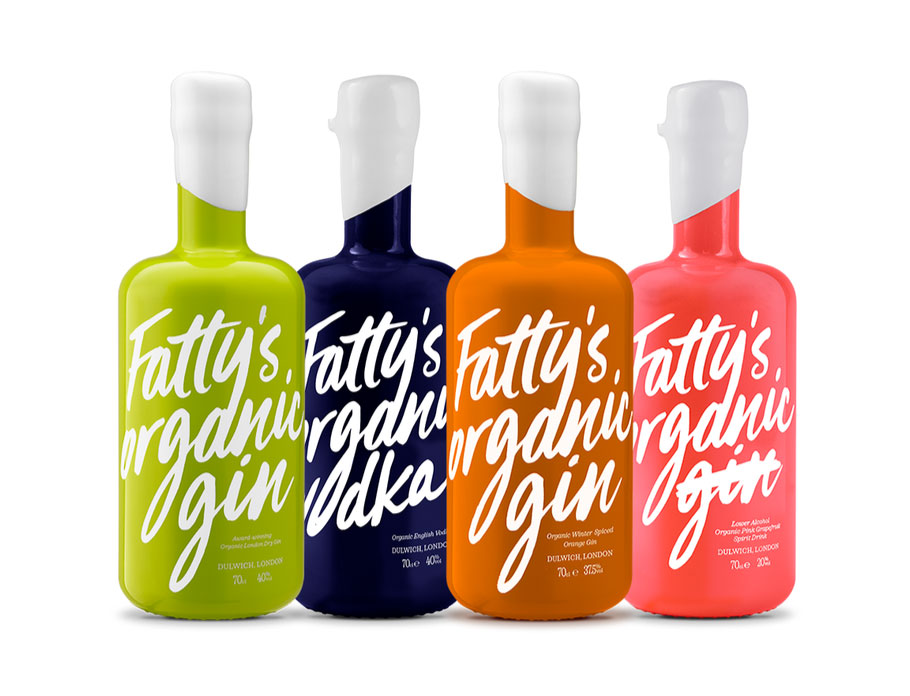
Today, and for the foreseeable future, the spirits and wines curated on bar carts are more than just the great quality liquid inside the bottles. Bar carts have become a reflection of the personalities, tastes and aspirations of millennial and older Gen Z consumers. This offers a unique opportunity for aggressive brands to build long-lasting relationships with these consumers while taking advantage of significant sales opportunities today.
Get Expert Help With Beverage Packaging Design
To find out more about permanent and temporary beverage packaging design innovations that may help your brand grow, give us a call at 502-499-4209 or contact us here, and we’ll set up a convenient time to chat.
Our Articles Delivered
Signup to receive our latest articles right in your inbox.
